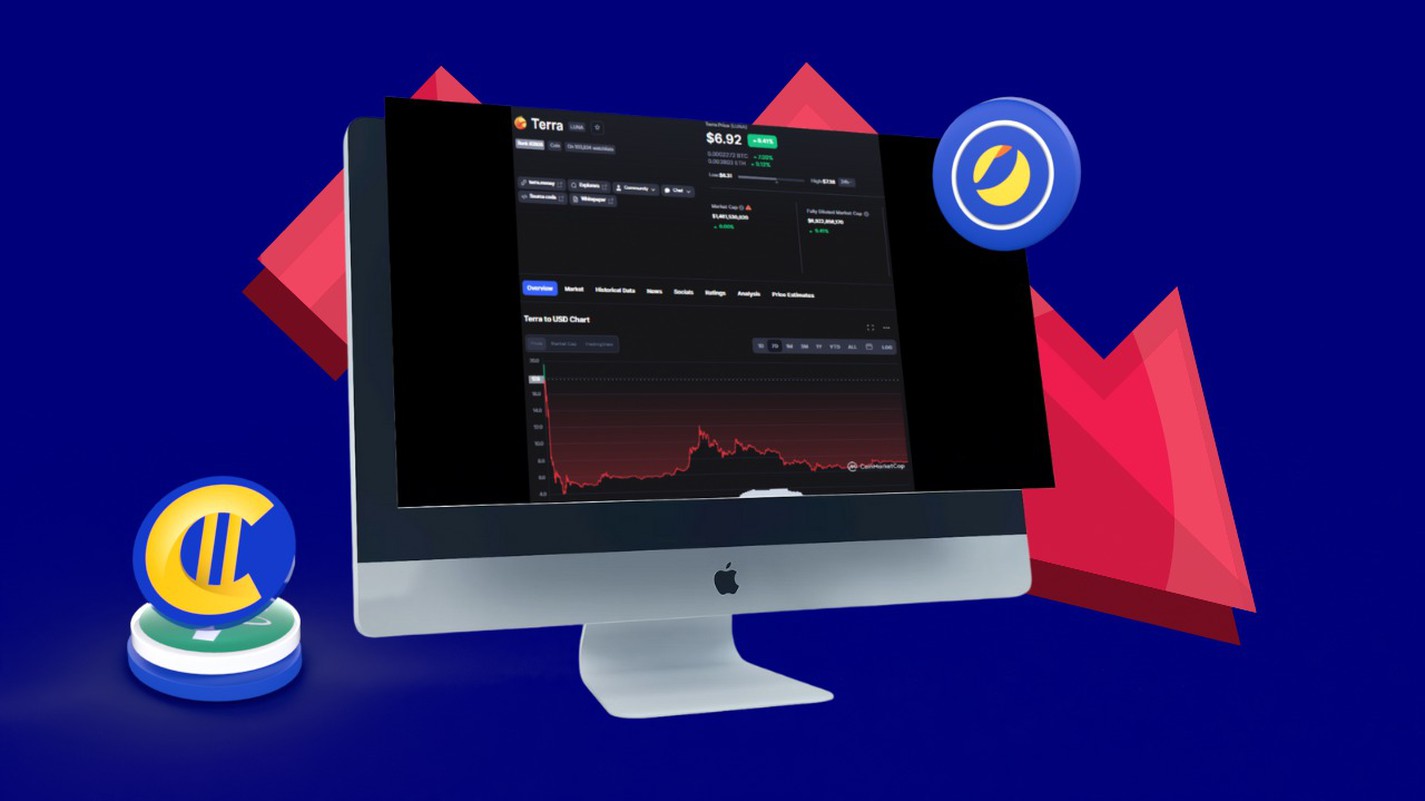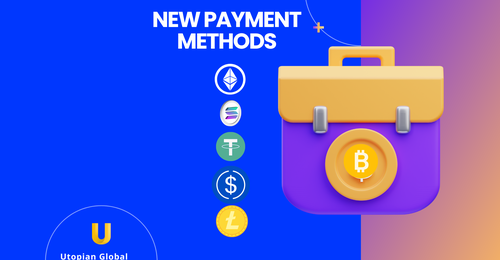
Before we dig deep into it we want you, the reader, to give one important lesson when starting to diversify into Crypto.
Lesson: No coin is too big to fail and do never have your full net worth in one ecosystem.
You will buy coins you shouldn’t.
You will sell winners too soon.
You will hold losers too long.
It's all a part of the game of being an investor.
Just don't blame others for your mistakes.
After all, you were the one that pressed the green button.
In the world of cryptocurrency, there are more volatile tokens than stable ones.
Investors should be prepared to lose their money when investing in this space, even when they’re dealing with stablecoins.
Source : Pixabay
A large doubt has now been cast over stablecoins, especially those backed by algorithms.
$UST was a dollar-pegged stablecoin.
But as we have learned unfortunately that did not work out and Terra Luna and #TerraUSD are now nearly at a price level of 0.
Created by Do Kwon and Daniel Shin, the two cryptocurrencies were part of their startup called Terraform labs.
While it was entirely possible for cryptocurrency Terra Luna to go bust, investors were surprised to learn that TerraUSD, a stablecoin, could go to 0.
Before TerraUSD crashed, the word stablecoin brought a sense of calm to investors.
Putting your money in a stablecoin was as good as hedging against volatile cryptocurrencies.
This came out of a common belief that stablecoins were tied to the U.S dollar.
If the U.S dollar didn’t crash, then stablecoins wouldn’t as well.
When TerraUSD started dipping in value on the 10th of May, investors scrambled for answers and their money as the stable coin did a nosedive to a level that today is nearly 0.
As this article is being written, a single token of TerraUSD is worth $0.0218 and a single token of Terra Luna is $0.000116.
With the crash of TerraUSD, an important fact about stablecoins has come to light.
Not all stablecoins are backed by the U.S dollar, at-least not in practice.
One other question also remains: do you trust in the US Dollar?
We will touch on that in some further posts so make sure you follow our blog posts.
Source : Pexels (Burak Kebaber)
Usually, stablecoins are backed by one (or more) of three ways.
- They’re backed by cryptocurrencies
- They’re backed by cash reserves
- They’re backed by an algorithm
TerraUSD and its sister token Luna are stabilized using an algorithm which relies on arbitrage to work. (Luna is not a stablecoin like TerraUSD but a normal cryptocurrency.)
Both tokens are pegged to each other in this way.
When you buy TerraUSD, you buy Luna first at its current rate.
The protocol takes your Luna tokens and burns them. Alongside the burning of your Luna, fresh TerraUSD is being minted which is what lands up in your crypto-wallet in equal value.
The same method happens if you want to own Luna, just the other way around.
That meant that you could always redeem $LUNA for $UST dollar-for-dollar, and vice versa.
Example: If $LUNA is at $50, you can redeem it for 50 $UST.
Similarly you can redeem 50 $UST for 1 $LUNA.
It's worth noting you can always redeem 1 $UST for $1 worth of $LUNA, even if $UST is worth <$1.
It's meant to be a stabilizing mechanism:
If $UST is trading at $0.99, arbitrageurs can buy it and redeem it for $1 of $LUNA.
So what was the Luna token supposed to be?
It's meant to be a stabilizing mechanism:
~Every $UST in circulation reduces the circulation of $LUNA~
The win scenario was that every single $LUNA on earth was getting burned for $UST. The more $UST, the less $LUNA hence making it more stable.
Holders should want to diamond-hands $LUNA:
If there's unstoppable demand for $UST and you're the last $LUNA holder on earth, you have immense redemption power.
But why go through what seems to be an unnecessary process?
When these tokens are burnt, the price goes up slightly. Arbitrageurs (a term for people who make profit through errors in pricing) will pick up on these slight shifts and make money off them, returning the price back to its normal level.
If the price of TerraUST goes up above 1 because you now own the stablecoin, arbitrageurs can then short-sell the coin until it goes back to 1 dollar, making a profit. This is what created the stability in TerraUSD.
This system works when there are small fluctuations in price. When both Luna and TerraUSD began to crash on the 5th and 10th of May.
Terra’s algorithm was not enough to prevent the massive sell off that happened.
Finance professor Eshwar Venugopal believes algorithmic stablecoins should have even more reserves than traditional stablecoins.
“It should not be [backed] one-to-one … It should be over-collateralized because these are inherently more risky.”
Eshwar Venugopal currently teaches at the University of Central Florida.
Now that you’ve read all the way to the end, here’s why the CASHETS token is entirely different then what is out there.
CASHETS is backed by real assets.
One single token will expose you to a bespoke portfolio diversified by our investment team.
You can expect to have a stake in industries such as precious metals, minerals, FMCG and much more.
All you have to do is visit our website, complete your KYC and you’re all set to participate in one of our yield programs.
It is also important to know that our Cashets tokens are 100% callable.
Each token is worth 10 Euro cents and that value will never change.
Anytime you wish, you can redeem your tokens at the rate of 10 Euro cents per token!
Read the whitepaper here https://utopianglobal.com/static/cashets-whitepaper.pdf



